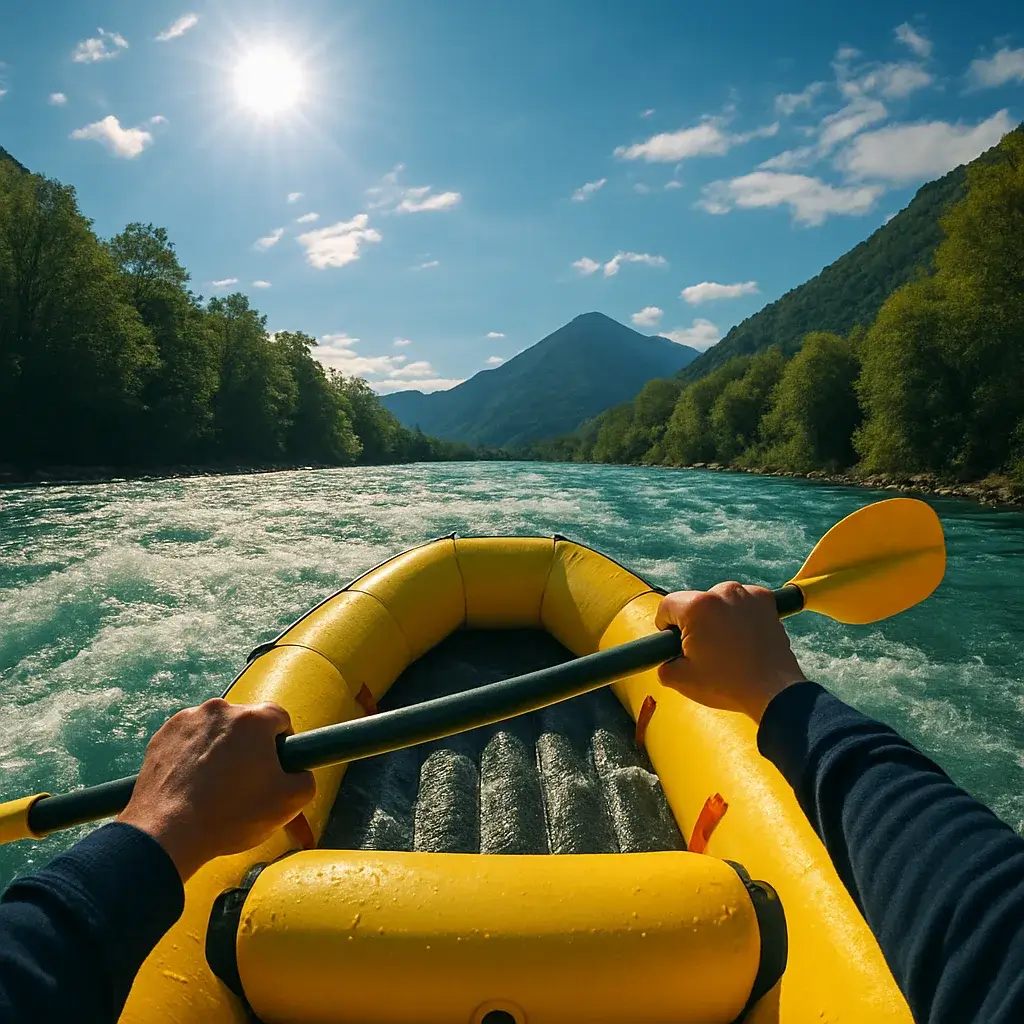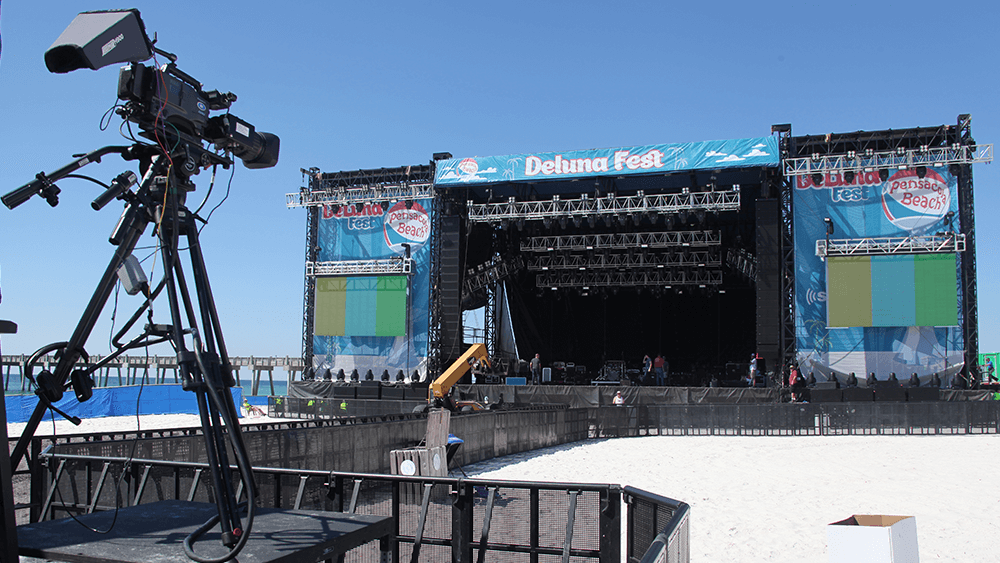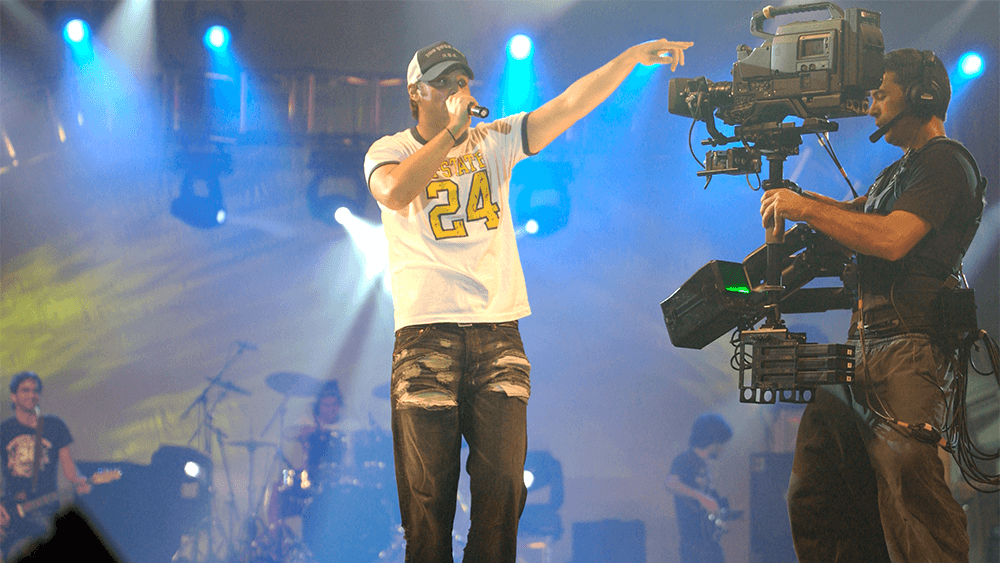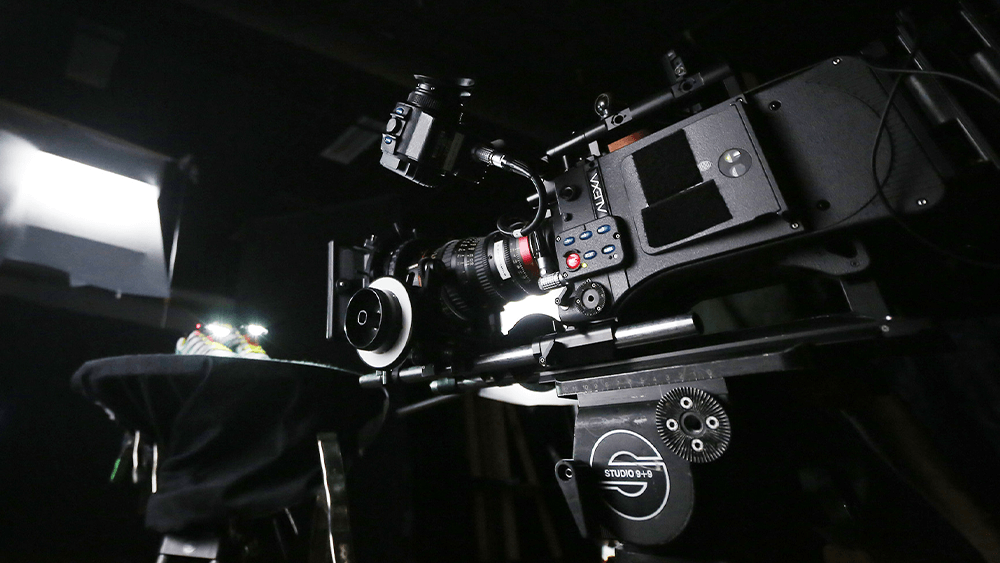First-person POV filming is surging in popularity, but does it enhance storytelling or just follow trends? We examine when this technique works (Nike ads, horror films) and when it falls flat.

Why First-Person POV Is Trending in Video
First-person POV commercial production is capturing attention like never before, and it’s easy to see why. This immersive filming style has gained ground thanks to advancements in technology and a cultural appetite for personal, experience-driven content.
Virtual reality platforms and games are coming fast and furious lately. Take a look at some of the most popular sites such as CNN Tech, Mashable and Reddit and you will see virtual reality front and center. It’s a big deal, just as drones were, and 3D before that.
And as is the case with all good trends, the core concepts have bled out into other markets. Gaming introduced the immersive “player’s eye view,” and naturally, video storytelling wanted a slice of that realism. Virtual reality games allow audiences to move and interact with an alternate reality of course, video would want to adapt this method to immerse its audience into a whole new world.
Whether it’s for ads, short films, or branded content, audiences are now craving that “inside-the-action” perspective that POV filming provides. It creates a bridge between viewer and subject, making the experience feel first-hand.
Read more: Film & Commercial Production Crew Roles Explained | Skystorm Guide
POV’s Storytelling Strengths in Ads & Film
Using the first-person point of view helps to tell a story in an original way. Filmmakers have turned to first person POV many times since the start of cinema. Mystery creates pressure, adds suspense and elevates the audience’s emotions fast. It makes the crowd lively and excited.
It has succeeded greatly in making horror movies even scarier. It lets you discover what it feels like to see, taste or hear candidates in electrifying situations. Restricting the view to just one character makes viewers unsure about what or who is near the edge of the screen. Inclusion of history can be a strong part of a story.
Using sports stars to help the viewer ‘become’ them can grant even adults the chance to fulfill their fantasies. Consider it as experiencing what someone goes through, if just for a short time. Still, there are certain moments when it is necessary.
This situation also lies with first-person filming; depending entirely on a single view style risks making the camera work seem more like a tool than a way to tell a story.
Also, one can’t ignore the excitement of trying something new. Since it is not widely used in traditional ads, POV catches the viewer’s attention. It easily makes people stop and pay attention in scrolling social feeds and ad spots.
Read more: Golf Commercial Spot Behind the Scenes: Coates Golf
POV’s Challenges: Emotion & Continuity Risks
First-person POV isn’t without its downsides. While it immerses viewers in the action, it also strips away some valuable storytelling tools.
Since first person perspective shots limit the tools available to a filmmaker—it does become a way to highlight the other strengths of a production. Writing has to be done very carefully or the perspective just doesn’t work. Scene selection and location must be a perfect fit because the audience is no longer focused on the main character’s face and body.
Without facial expressions or traditional over-the-shoulder shots, filmmakers lose emotional cues. That subtle brow raise, a glance, a shrug, all gone. Instead, the entire emotional burden often falls on sound design, pacing, and movement. Viewers can very easily become lost as to who is friend or foe.
So, the 1st person POV just lacks the same emotion as work that has the flexibility of unlimited camera usage and scene blocking. You risk flattening the emotional arc of a scene unless you’re compensating with dialogue, pacing, or creative camera movement.
In addition, you must have a comprehensive team that works flawlessly together through pre-production, production and post production.
The pre-production process needs to be extremely aware of the limitations and needs of the post workflow due to the nature of the POV. First person perspective is essentially faking a single take and cuts will need to be hidden in blinks, turns and other movement.
Everything from set design to blocking to camera rigging becomes more complex. And if you get it wrong, if the transitions feel awkward or jarring, it can take viewers right out of the story. The concept can completely fail without this being taken into consideration from the start.
Read more: Hidden Costs of Video Production Budget Cuts | Skystorm Insights
Commercial Examples: When POV Works Best
Generally, commercial production relies very heavily on the art of editing. There is such a limited time to convey a message, earn attention, and to get the audience to remember us. Sometimes all of the tools available, including talent’s performance, are needed to craft feelings of need and want.
But when done well, POV shines in commercial production, especially when escapism is the goal.
Nike, Mountain Dew and Call of Duty have all utilized the first person POV to sell their brands. Each of these spots shared a common thread, the POV was used as a form of escapism, relied on very fast cuts, and were targeting gamers and would-be thrill seekers.
Take Nike’s “Take It to the Next Level” campaign, for instance. The entire ad plays like a footballer’s journey from local club to global stardom through his eyes. It’s kinetic, personal, and emotional. Viewers don’t just watch the hero’s rise; they feel it. Mountain Dew and Call of Duty have executed similar concepts, bringing viewers into the experience of extreme sports or virtual warfare.
On the flip side, POV would feel out of place in a commercial for a retirement fund or life insurance policy. It’s just not the right tool for a reflective, emotionally grounded story. This probably is not the best approach for a bank commercial.
Most of the time, tabling a great concept to go with a new trend is not the answer. A great production team will be able to choose the best methods to develop and convey a concept to elevate a story without relying on a gimmick just for the sake of jumping on a bandwagon.
Read more: Film & Commercial Production Crew Roles Explained | Skystorm Guide
Best Practices for First-Person POV Shoots
Want to make POV work for your next commercial? You’ll need to plan ahead and then some.
First off, identify if POV is truly the best lens (literally) for your story. Ask yourself: Is the goal immersion, adrenaline, or emotional connection? Or is this a trend-following experiment?
The most effective POV productions are those that make the most of the perspective. They build in dynamic movement, use spatial audio, and think carefully about transitions. A blink, a whip pan, or a quick tilt can hide a cut—but only if planned well in pre-production.
Here’s what else you’ll need:
- Rigging expertise: Shooting in POV often requires specialized head rigs, GoPros, or body cams. Make sure your talent is trained or your camera operator is up for the physical challenge.
- Scene blocking & rehearsals: You can’t rely on cutting around mistakes or coverage from other angles. Every move, step, and line must be rehearsed and nailed.
- Audio storytelling: Without reaction shots, dialogue and ambient sound must carry more weight. Plan your soundscape just as carefully as your visuals.
- Post-production sync: Your post team should be brought in early. They’ll need to work seamlessly with production to ensure transitions, effects, and timing serve the immersive nature of the POV.
Finally, don’t forget context. POV doesn’t need to dominate an entire spot. You can blend it with traditional third-person shots for variety and clarity.
Final Take
First-person POV is more than just a passing fad, it’s a cinematic tool with the power to engage, immerse, and excite viewers. But like any tool, it needs to be used correctly.
There’s a reason it works so well in horror films, sports ads, and VR experiences, it’s built for thrill, tension, and raw perspective. But POV’s strengths are also its weaknesses. Without careful planning, skilled execution, and a strong concept, it can feel like a gimmick rather than a revelation.
Used wisely, POV can give your audience not just a view but a whole experience. That’s what the best brands and directors understand. And that’s why first-person commercial production is here to stay, so long as we use it with purpose.


